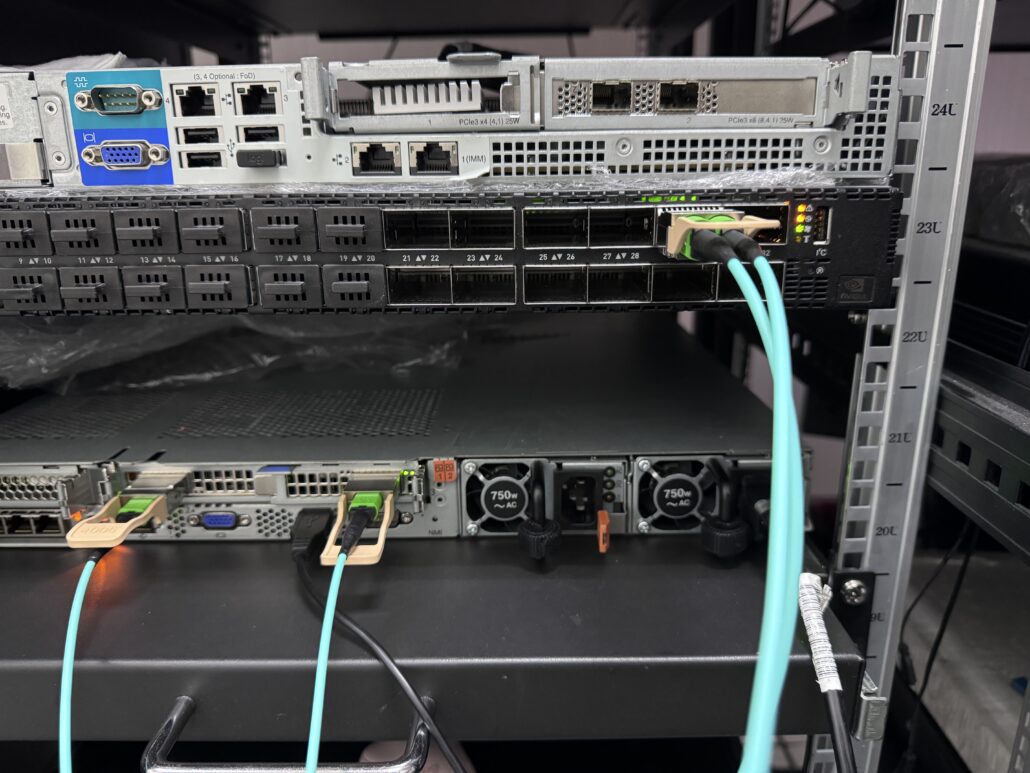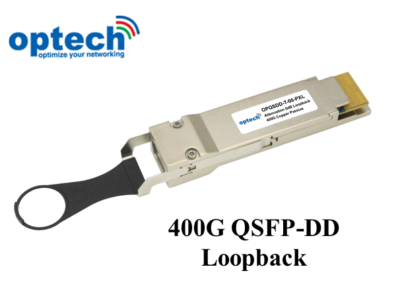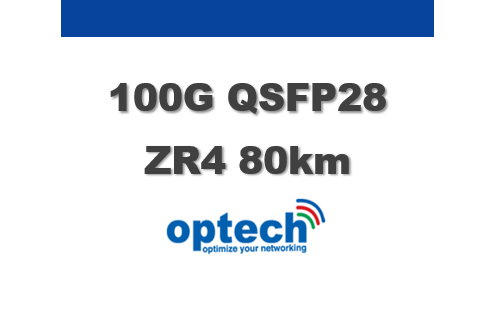1. Application Scenarios
Hyperscale Data Centers
Internet companies and cloud service providers (CSPs) are upgrading their data center network infrastructure from 100G to 400G to meet higher bandwidth demands and lower latency requirements.
Mainly used for core switching within data centers and Data Center Interconnect (DCI).
Cloud Computing and AI Clusters
AI and machine learning training require high-speed interconnects, especially for GPU server-to-server communication, such as NVIDIA DGX and Google TPU clusters.
The demand for high bandwidth and low latency in AI-driven data processing is driving the widespread adoption of 400G optical modules.
5G Transport Networks
400G optical modules are utilized in 5G front-haul and back-haul networks to support high-density data transmission and low-latency requirements, particularly in core and metro networks.
High-Performance Computing (HPC)
Scientific research, financial modeling, and genomic computing demand high-throughput, low-latency environments, promoting the adoption of 400G optical modules in supercomputing centers.
Enterprise Data Centers and Cloud Switching Enterprise data centers are upgrading their network architectures to support the growing demands of cloud storage, remote work, and big data analytics.
2. End Customers
Cloud Computing and Internet Companies
AWS (Amazon Web Services)
Microsoft Azure
Google Cloud
Meta (Facebook)
Tencent Cloud, Alibaba Cloud, Huawei Cloud, Baidu Cloud
Telecom Operators
AT&T, Verizon, Orange, BT
China Mobile, China Unicom, China Telecom
NTT Docomo, KDDI, SoftBank (Japan)
SK Telecom, KT (South Korea), and others
AI Computing Companies
NVIDIA (for GPU cluster interconnects)
Google (TPU clusters)
OpenAI, Meta AI, and other AI research institutions
Financial and Research Institutions
Wall Street investment banks and major financial firms (e.g., Goldman Sachs, Morgan Stanley)
Life sciences and genomic research organizations (e.g., Harvard, MIT, BGI Genomics)
Supercomputing centers (e.g., China’s Tianhe, Oak Ridge National Laboratory in the U.S.)
Networking Equipment Manufacturers
Cisco, Arista, Juniper Networks
Huawei, ZTE, Nokia, and other telecom equipment providers
Conclusion
The application of 400G optical modules is mainly concentrated in high-speed, low-latency, and high-throughput scenarios. As the industry moves toward 800G and 1.6T solutions, 400G adoption is expected to continue growing.
About Optech Technology Co. Ltd
Optech Technology Co. Ltd was founded in 2001 in Taipei, Taiwan. The company was created with a sole purpose, to provide a wide and high quality portfolio of optical products to a very demanding and fast evolving market.
To respond to the permanent increase of IP traffic, Optech portfolio is constantly growing. Since the beginning, the company has always been up to date with the latest innovations on the market. Today, we are proud to deliver a large selection of 25G SFP28, 40G QSFP+, 100G QSFP28, 200G QSFP56, 400G QSFP-DD, 800G QSFP-DD and OSFP optical transceivers and cables.
Optech has a large portfolio of products which include optical transceivers, direct attach cables, active optical cables, loopback transceivers, media converters and fiber patch cords.
Through its large selection of optical products, that have a range of data speed from 155 Mbps to 800 Gbps and reach distances up to 120km, Optech products are suitable for various industries such as telecom, data centers as well as public and private networks.
Ordering information:
- 400G QSFP-DD transceivers: here
- 400G OSFP Transceivers: here (Compatible with Nvidia)
- 400G QSFP112 Transceivers: here (Compatible with Nvidia)
For additional information about 400G optical transceivers, or price inquiry, please contact us at sales@optech.com.tw




